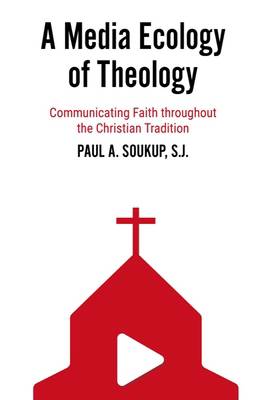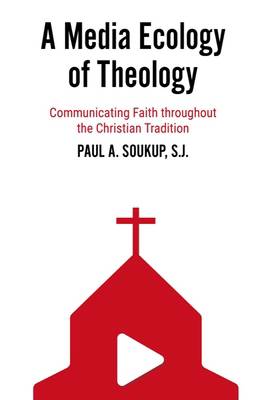
- Afhalen na 1 uur in een winkel met voorraad
- Gratis thuislevering in België vanaf € 30
- Ruim aanbod met 7 miljoen producten
- Afhalen na 1 uur in een winkel met voorraad
- Gratis thuislevering in België vanaf € 30
- Ruim aanbod met 7 miljoen producten
A Media Ecology of Theology
Communicating Faith Throughout the Christian Tradition
Paul A SoukupOmschrijving
In the Christian tradition, the faithful do theology--defined in Anselm's phrase as "faith seeking understanding"--in different media. The contemporary emphasis on written or academic theology obscures the long history in which people sought to understand and express their faith by way of various outlets and formats. Because historical Christianity has embraced every communication medium, the media ecology approach to communication study offers a powerful tool to examine that history and the affordances of the media for theological expression. Just so, the history of theology offers a variety of test cases to illustrate media ecology at work.
In A Media Ecology of Theology Paul Soukup invites us to explore the interaction between communication media, broadly defined, and the Christian theological heritage. Soukup follows a media ecology methodology, moving from a description of a communication medium to an examination of its affordances to a discussion of how those affordances shape the faith-seeking-understanding practiced in each. He shows that, in some cases, different media support different theological conclusions, and different theological stances shape media. The case studies range from the first to the twenty-first centuries, with a limitation imposed by selection, language, and culture.
As an introductory work, A Media Ecology of Theology addresses communication scholars and students, theological scholars and students (primarily those interested in the history of theology or in practical theology), and those with an interest in various media (art, architecture, etc.). With an interdisciplinary focus and a willingness to argue for a wider theological ecosystem--one in which the medium influences both content and selection of ideas--Soukup creates new vistas for understanding the life of faith, and how societies and communities express their most cherished ideas.
Specificaties
Betrokkenen
- Auteur(s):
- Uitgeverij:
Inhoud
- Aantal bladzijden:
- 240
- Taal:
- Engels
Eigenschappen
- Productcode (EAN):
- 9781481317757
- Verschijningsdatum:
- 15/09/2022
- Uitvoering:
- Paperback
- Formaat:
- Trade paperback (VS)
- Afmetingen:
- 150 mm x 226 mm
- Gewicht:
- 340 g

Alleen bij Standaard Boekhandel
Beoordelingen
We publiceren alleen reviews die voldoen aan de voorwaarden voor reviews. Bekijk onze voorwaarden voor reviews.











